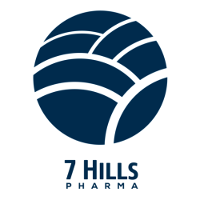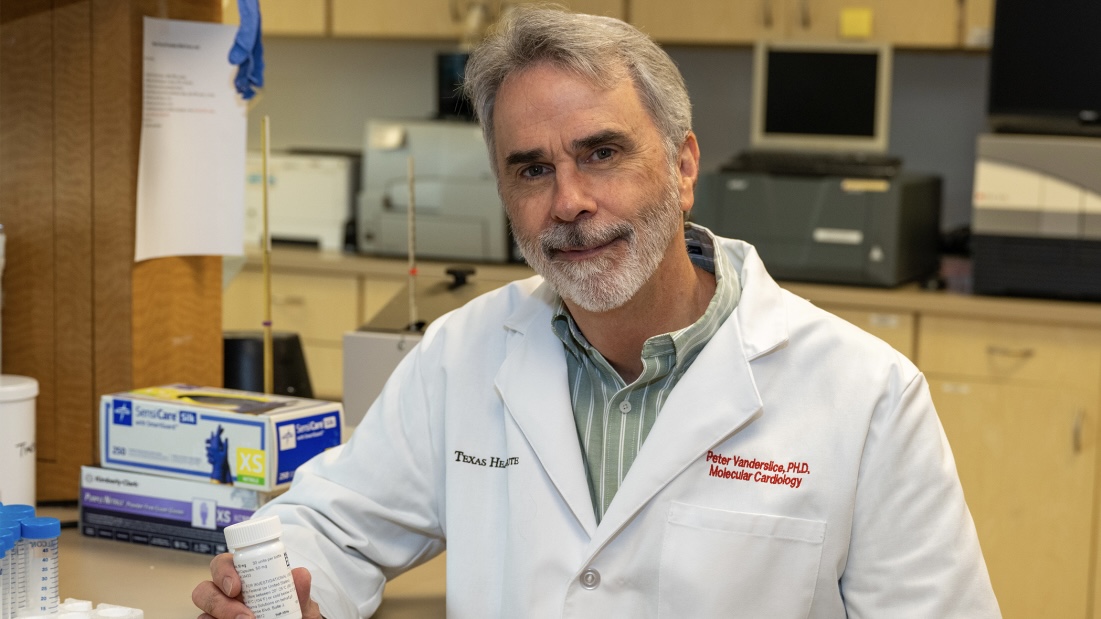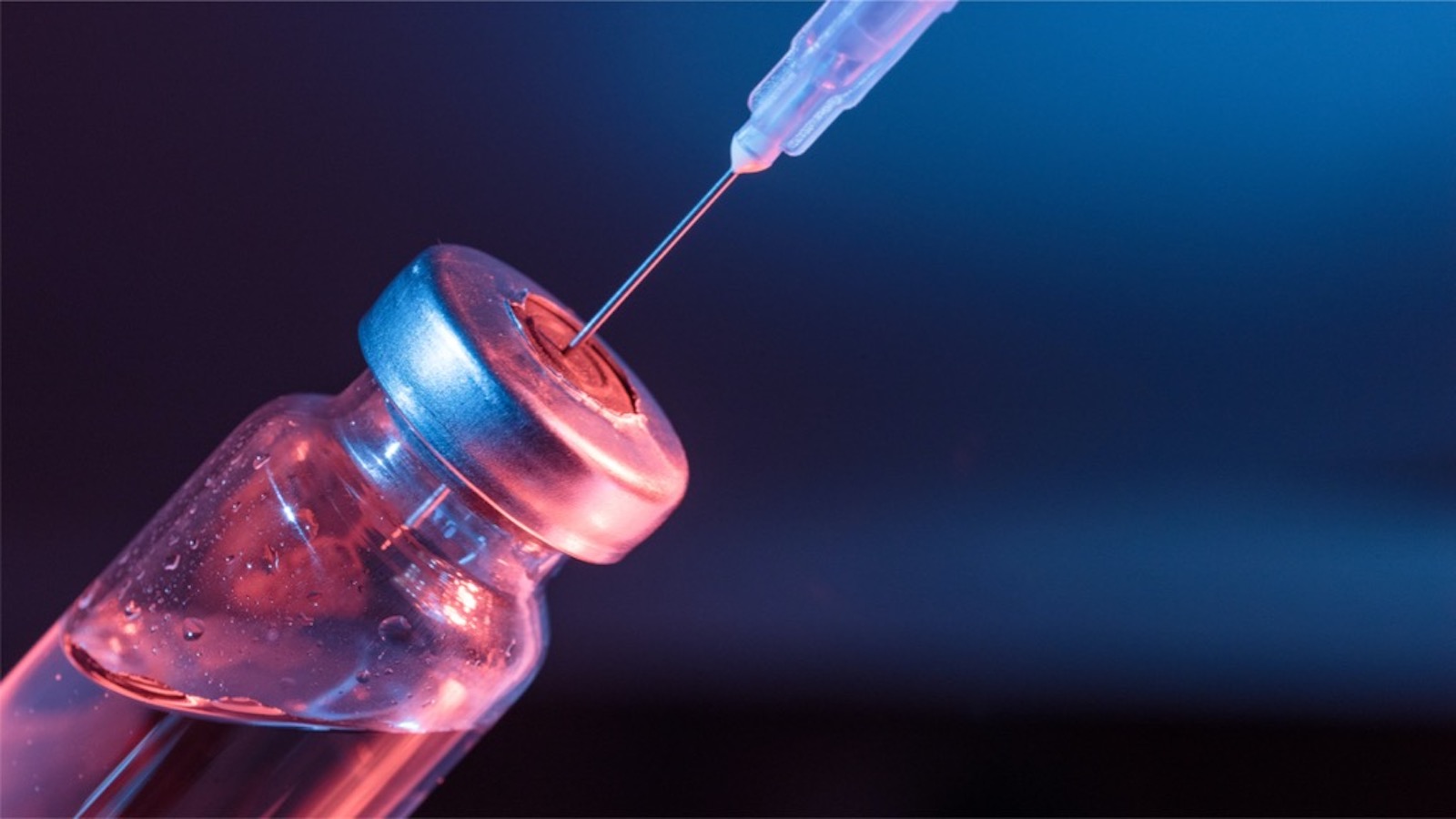
Dr. Vanderslice has spent over 20 years leading teams focused on the development of small molecule compounds that bind and modulate the function of integrins and chemokine receptors. The majority of his professional career has been in the pharmaceutical industry, where he gained familiarity with each stage of the pipeline from discovery to progression into clinical trials. Dr. Vanderslice has led teams working on several pre-clinical programs involving efforts in drug screening, lead compound characterization, and the development of preclinical animal models.
See PublicationsTexas Heart Institute Positions
- Senior Investigator and Director, MCRL, Molecular Cardiology Research
Interests
- Non-invasive diagnostic imaging technologies
Education
-
Undergraduate:
University of Maryland
-
Postgraduate:
University of Texas at Austin (PhD)
-
Fellowships:
University of California San Francisco
Honors, Awards and Memberships
- Parker B. Francis Fellowship in Pulmonary Research, University of California, San Francisco, CA
- The Texas Heart Institute Academic Professional Staff
Publications
Recent News

7 Hills Pharma Announces First Patient in Phase 1b/2a Clinical Trial Testing Alintegimod Against aPD-1-resistant Solid Tumors
The Texas Heart Institute is excited to share the groundbreaking progress of 7 Hills Pharma Inc. (“7 Hills”), a clinical-stage...

A Discovery by The Texas Heart Institute & 7 Hills Pharma Continues Development under a $4.7 Million CPRIT Grant to Address Cancer Treatment Disparities
Peter Vanderslice, PhD, Senior Investigator and Director, MCRL, Molecular Cardiology Research, was highlighted in a recent announcement from 7 Hills Pharma,...

Scientists have found a beautiful way to amplify vaccines
A technology platform co-invented by scientists at The Texas Heart Institute in partnership with 7 Hills Pharma CEO and co-founder...


